Everyday Artifacts
Each Student to World online course includes both text-based and video-based curriculum options. Both versions have the same content, so individual students can choose the method that works best for them.
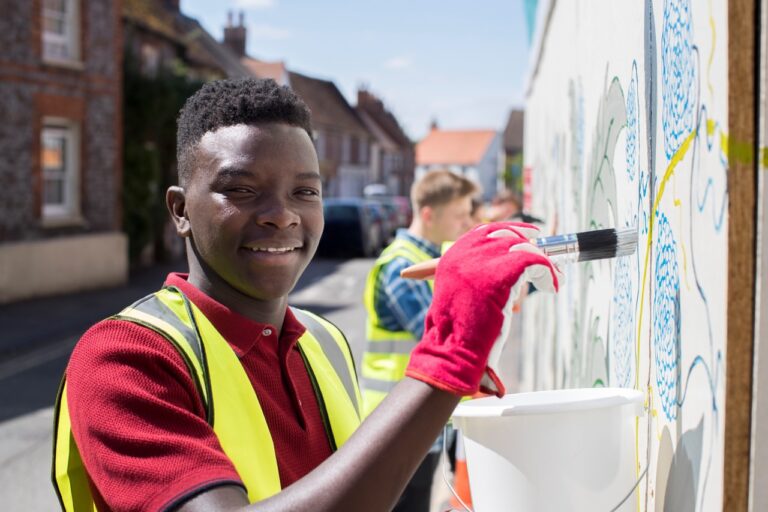
Can art change the world?
Art is a way for humans to make sense of the world. It reflects social conditions, connects people, and communicates across generations. Life influences the art that people create, but can art also influence our lives?
Artists notice small details about the world that reveal large truths. They celebrate the human spirit and capture the energy of a moment. Some use their art for social purposes like to end hunger and poverty, protest wars, condemn racial divides or celebrate local cultures. Great works of art make us reflect on our lives, feel deep emotions, and experience our full humanity.
Wherever you are, there is likely art around you. Take some time to take in the art you encounter in your everyday life.


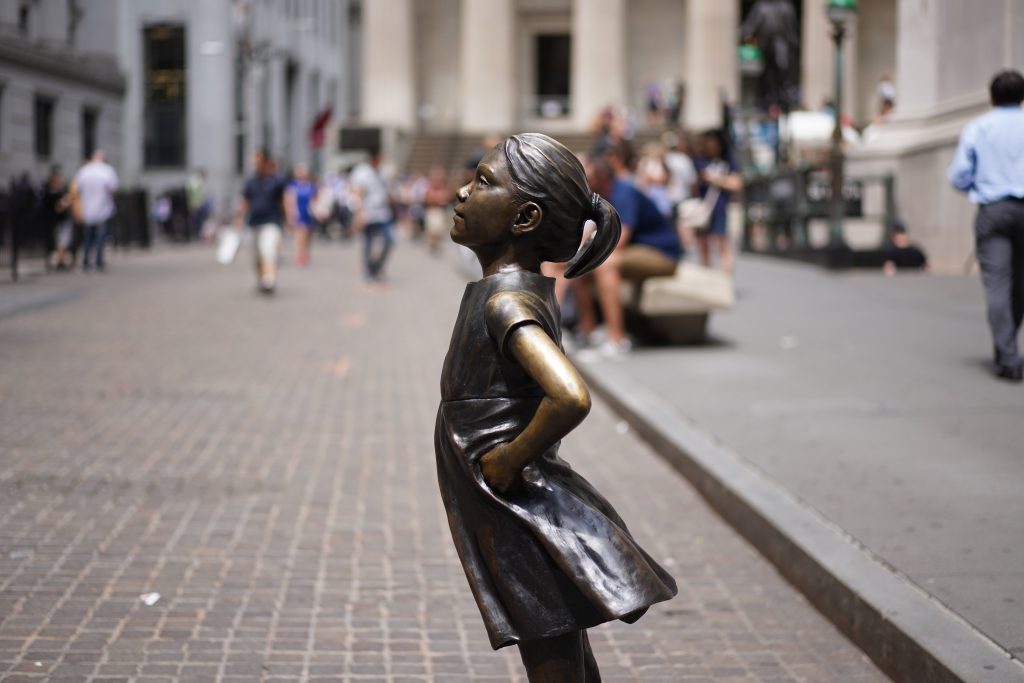
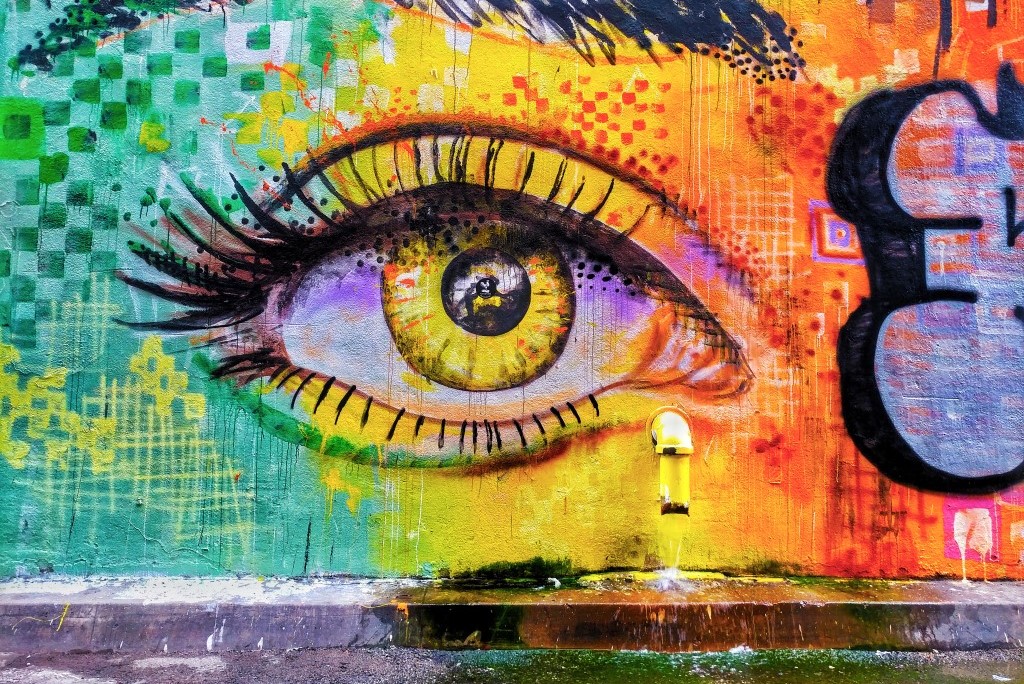
Is there a painting in your living room or a sculpture in your community? What about the songs on your playlist or the graffiti on a wall behind your school? These are all examples are artifacts that an artist created to communicate something. The way that you interact with art shapes your perspective and is an important part of your story.
What is art?
Art is hard to define because it comes in so many different forms. Art can be visual, like a painting or photograph. It can be auditory, like a song or a podcast. It can be physical, like a dance or performance. It can require an audience or be interactive. In short, art takes many, many forms.
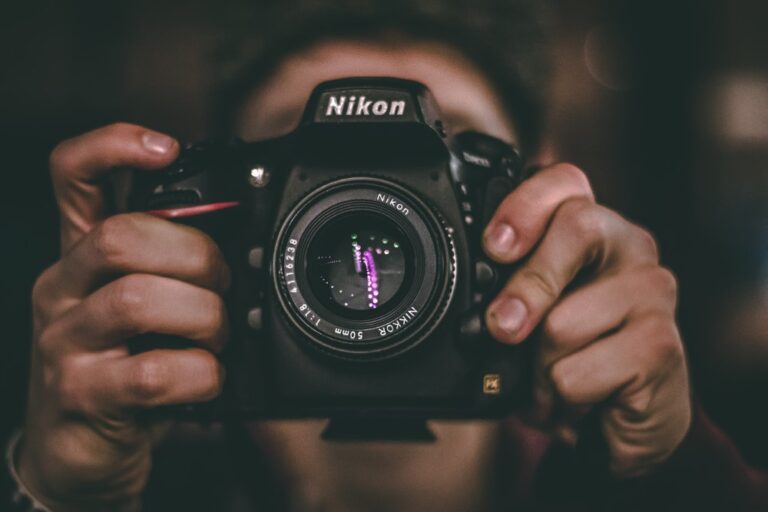

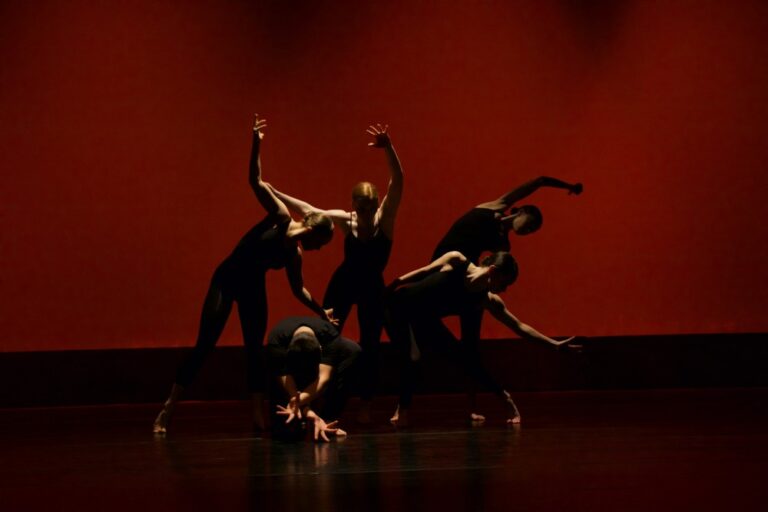
From dance to music to painting to plays, from photography to fashion to sculpture to film, artistic expressions connect people across time, space, distance, and difference. Powerful art has the potential to shift our perspectives, elicit strong emotions, and express everyday realities and struggles in accessible ways. In all cultures, art is a way for people to communicate within their own communities and beyond.
About This Course
This course was created by our unique, youth-led global internship program. Visit the course page to view learning objectives, standards alignments, content formats, and more.
Watch a Video of Module 1 Part 1
As part of Global Nomads Group’s commitment to accessibility, all Student to World video courses include American Sign Language interpretation and Closed Captioning in English and Arabic.
Key Vocabulary
Artifact. n. An object that was made in the past, typically having cultural or historical interest.
Expression. n. The act of showing one’s thoughts or feelings.
Exotic. adj. Unusual and especially interesting because of coming from a country that is far away.
Generation. n. All of the people born and living at about the same time.
Perspective. n. An understanding or a view.
Podcast. n. A digital audio file made available on the Internet for downloading to a computer or mobile device.
Racial. adj. When involving a particular race or different races. Relating to race.
Slavery. n. The condition of someone legally owning someone else and forcing them to work for or obey their owner.
Visual. adj. Relating to seeing or sight.
Register
Teachers, Educators, & Leaders
Create an account and invite students or youth participants.
Students
If your teacher or group facilitator gave you a code.
Independent Learners
Take a course on your own.
Already have an account?
Maryam, Youth from Iraq
“When I was a young, my father was very obsessed with listening to music, even he used to play a musical instrument calling the oud, and I used to sit with him to listen to wonderful tune. I inherited the passion for music from my father. Music was taking me on a journey through time to different places that I only visit in my mind. It makes me happier, like a dose of both mental and physical comfortable. Is the only language in the world that is understood through hearing without indoctrination or educationI it calms and soothes the soul and helps to relax. Music in general is a collective art that is not isolated from other aspects of the life of human groups. Hearing music expresses emotions and feelings that language cannot express. And it has an impact on the formation of a balanced, harmonious and personality and the development of creativity and innovation.”
Maryam, Youth from Iraq
“When I was a young, my father was very obsessed with listening to music, even he used to play a musical instrument calling the oud, and I used to sit with him to listen to wonderful tune. I inherited the passion for music from my father. Music was taking me on a journey through time to different places that I only visit in my mind. It makes me happier, like a dose of both mental and physical comfortable. Is the only language in the world that is understood through hearing without indoctrination or educationI it calms and soothes the soul and helps to relax. Music in general is a collective art that is not isolated from other aspects of the life of human groups. Hearing music expresses emotions and feelings that language cannot express. And it has an impact on the formation of a balanced, harmonious and personality and the development of creativity and innovation.”
Artistic artifacts
An artifact is any object made by someone that carries cultural or historical meaning. If you studied the way people your age lived hundreds of years ago, each aspect of their daily lives would help you understand them better. You would consider the bowls they used to eat, the clothes they wore, the prayers they said, and many other objects of their time. Most of the objects in your life can also be considered artifacts, and hundreds of years from now someone might find great interest and insight in the objects in your room, on your walls, or even in you backpack.
Look at the paintings, poems, songs, or any other art form that you encounter every day. They all express something about your culture during this period of time.
Check out the artistic artifacts below. Each one has a powerful message for past, current and future generations:
Guernica by Pablo Picasso (1937)

Picasso’s Guernica (1937) is named after the Spanish city of the same name, which was bombed during the Spanish Civil War, leaving behind destruction and debris.
The black, gray and white colors, along with the imagery of body parts and pleas to a higher power show Picasso’s strong anti-war stance. You can learn more about Picasso’s Guernica here.
True Identity from the Hijab Series by Bousha Almutawakel
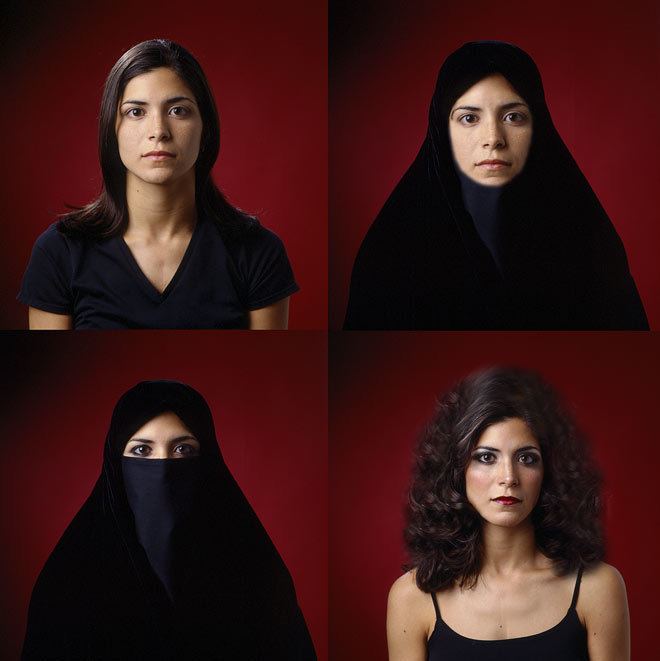
Bousha Almoutawakel’s Hijab Series uses photography to represent Muslim women and the hijab (veil) as a response to anti-Muslim sentiments following the September 11th attack on the World Trade Center in New York City.
After September 11th, Muslim women found themselves perceived worldwide as mysterious, exotic, or oppressed, whether or not they wore the hijab. The series includes photographs of everyday Muslim women with and without the veil, challenging the viewer to contend with its various interpretations. You can learn more about Almoutawakel’s Hijab Series here.
Selin, Youth from Turkey
“I wrote about a necklace that I bought when I was in Singapore. We went to a mall with my family there. The mall was big and crowded that I couldn’t even examine anything carefully. So I entered the least crowded shop. The shop had rings and necklaces with colorful gems. They were beautiful and shining. Then I saw a necklace with flowers in it. It was beautiful so I bought it. Then I bought a blue necklace with a shining sun in it for my mom. When we came back to our home in Istanbul I had more time to examine the necklace. When ever I wore it that felt like as if I were still on holiday. So I started to wear it to feel happy.”
Selin, Youth from Turkey
“I wrote about a necklace that I bought when I was in Singapore. We went to a mall with my family there. The mall was big and crowded that I couldn’t even examine anything carefully. So I entered the least crowded shop. The shop had rings and necklaces with colorful gems. They were beautiful and shining. Then I saw a necklace with flowers in it. It was beautiful so I bought it. Then I bought a blue necklace with a shining sun in it for my mom. When we came back to our home in Istanbul I had more time to examine the necklace. When ever I wore it that felt like as if I were still on holiday. So I started to wear it to feel happy.”
Alabama by John Coltrane
During the United States civil rights movement of the 1960s, African American men and women fought for the right to vote, to receive equal access to quality education, and to end segregation in public institutions.
Peaceful protests were faced with violence. After the Ku Klux Klan bombed a church in Alabama in 1963, killing several Black children, jazz legend John Coltrane released the song Alabama mourn the victims, express sorrow and outrage at racial injustices, and provide hope for a better future. You can learn more about Coltrane’s Alabama here.
Capoeira
The history of the Afro-Brazilian dance/martial art of Capoeira is widely understood as a form a resistance to slavery.
Capoeira’s origins date back to the 16th century when West African slaves taken by Portuguese colonists to Brazil, disguised self-defense techniques as dance moves. You can learn more about Capoeira here.
You’re ready to explore…
Now that you’ve learned about the ways art can make powerful statements about social causes, you’re ready to explore new perspectives about art from around the world. Imagine you’re traveling to other countries to hear what other young people have to say about art in their lives. Check out what they have to share on the next page.
To explore stories and resources, register for this course!
Register
Teachers, Educators, & Leaders
Create an account and invite students or youth participants.
Students
If your teacher or group facilitator gave you a code.
Independent Learners
Take a course on your own.
Already have an account?
About This Course
This course was created by our unique, youth-led global internship program. Visit the course page to view learning objectives, standards alignments, content formats, and more.
Watch a Video of Module 1 Part 1
As part of Global Nomads Group’s commitment to accessibility, all Student to World video courses include American Sign Language interpretation and Closed Captioning in English and Arabic.
Key Vocabulary
Artifact. n. An object that was made in the past, typically having cultural or historical interest.
Expression. n. The act of showing one’s thoughts or feelings.
Exotic. adj. Unusual and especially interesting because of coming from a country that is far away.
Generation. n. All of the people born and living at about the same time.
Perspective. n. An understanding or a view.
Podcast. n. A digital audio file made available on the Internet for downloading to a computer or mobile device.
Racial. adj. When involving a particular race or different races. Relating to race.
Slavery. n. The condition of someone legally owning someone else and forcing them to work for or obey their owner.
Visual. adj. Relating to seeing or sight.
Register
Teachers, Educators, & Leaders
Create an account and invite students or youth participants.
Students
If your teacher or group facilitator gave you a code.
Independent Learners
Take a course on your own.

